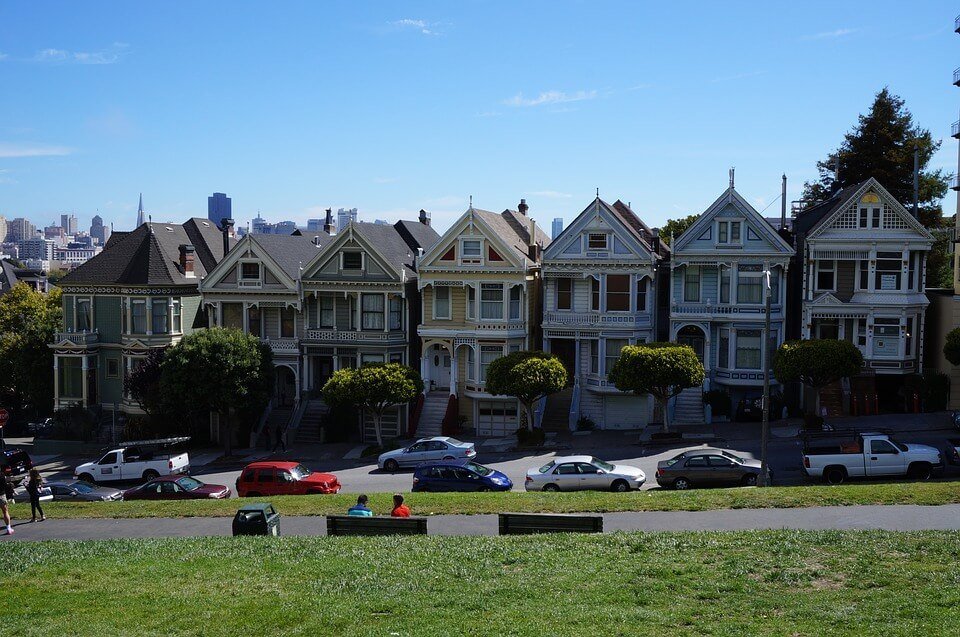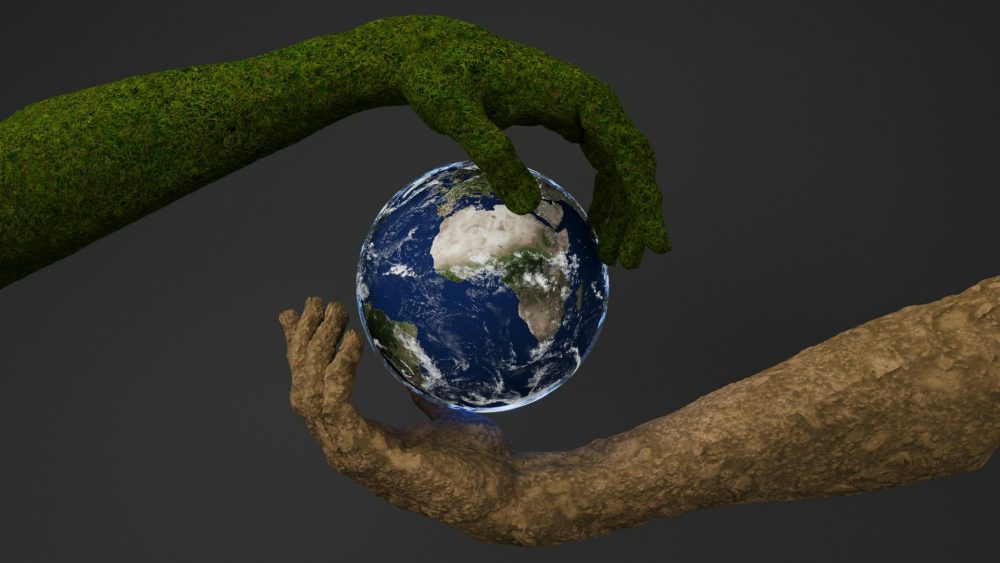Business
8 cities that are in danger of becoming real estate bubbles
When real estate prices become all too high, home buyers can no longer afford them generating real estate bubbles in the market.

A city in danger of entering the bubble is distressing. When bubbles do burst, it repeats the 2008 financial crisis. The global real estate industry is hot, but for these cities, it’s too hot.
To qualify for the real estate bubble, the city must be in buyer demand. Hot cities generate confidence now, but the problem arises when the industry assumes the hot streak will continue forever. When it doesn’t, the overconfidence kills the city’s momentum, placing them in danger. Shockingly, no U.S. cities made the list.
Toronto
Thank skyrocketing home prices for Toronto’s bubble. The number one city in danger of bursting normally rises 10 percent yearly. In the last year, however, permanent housing increased 20 percent. While rental properties climbed slowly at 5 percent, the exponential price rise in permanent housing is so severe that the bubble could pop at any moment. Slow-climbing wages (10 percent) can’t counter the 20 percent home uptick. Therefore, the city is barely holding it together.
Stockholm
Great financing options made the Stockholm real estate market too comfortable. Home prices zoomed up 60 percent in the past 10 years, and wage incomes didn’t stabilize the escalating price hike. As of last year, price hikes slowed down from an average of 6 percent yearly to 5 percent. While it’s an improvement, the price hike is below Sweden’s average. This means Stockholm overvalued their worth. The culprit is rising mortgage debt, market/wage imbalances, and too much home building.
Munich
While prices normally rise 10 percent yearly in Munich, it increased at double-digit rates in 2016. The low vacancy created an escalating rise in homes as wage incomes continue to decline. The gap between wages and home prices create is large enough to qualify as a bubble city.

Yearly, salaries increase only by 3 percent while rental hikes at 5 percent, making Vancouver enter a real estate bubble pretty soon. (Source)
Vancouver
The other large Canadian city is just as unstable as Toronto. The rise of jobs and the demand to find permanent housing has hit its climax in early 2017. Afterward, the exponential demand slowed down until it stabilized at 7 percent. Sadly, seven percent is below the Canadian average. When a number is below the Canadian average, the city overvalued their worth. In this case, the overvaluation hurt Vancouver. Additionally, rental prices are rising by 5 percent and income increased by 3 percent yearly.
Sydney
The well-known city in Australia saw a dip in prices three years ago, which got buyers and investors excited. That bargain ended in 2017 when prices went up 12 percent, the highest in five years. Sydney’s income increased by 2 percent to deflect rising home prices, but it didn’t cushion the blow 2017 dealt, hence the bubble. Luckily, tax cuts and interest-only loans are keeping the bubble from growing.
London
The primary city in the U.K. is in bubble territory because of inflation, oversupply, and low buyer turnout. While mortgage rates are low, buyers can’t afford luxury and residential homes due to earning low-income wages at the workplace. This led to inflation, which is causing a surplus in the luxury market. Prices dropped to compensate demand since 2016, but it’s not low enough. It takes a decade for the average Londoner to save and purchase a decent home.
Hong Kong
Residential homes in Hong Kong rose an average of 10 percent a year. Permanent housing is three times higher in 2017 than in 2003. Rental prices are expensive too, growing an average of 3 percent yearly. Meanwhile, incomes remain unchanged, so Hong Kong residents can’t afford housing. On the horizon, the rise will cool. Buyer demand cannot accommodate the limited space to build dwellings, hence the possible bust.
Amsterdam
The fourth city with an average of 10 percent price hike yearly, the popular destination has continued to rise at 10 percent for the past three years, with rental prices growing at the same rate. What’s keeping Amsterdam from bursting is the rising income growing at the same rate as housing. This is cushioning the bubble’s effect.
These international cities will feel a strain similar to the 2008 U.S. financial crisis if not careful. Speaking of the U.S., the redeeming quality is learning from past mistakes, a stable economy, low mortgage rates, and steady, yet controlled buyer demand. The same isn’t true for the bubble cities.
—
DISCLAIMER: This article expresses my own ideas and opinions. Any information I have shared are from sources that I believe to be reliable and accurate. I did not receive any financial compensation in writing this post, nor do I own any shares in any company I’ve mentioned. I encourage any reader to do their own diligent research first before making any investment decisions.

-

 Impact Investing2 weeks ago
Impact Investing2 weeks agoEuropean Sustainability Week 2025: Advancing ESG Amid Uncertainty
-

 Crypto4 days ago
Crypto4 days agoHyperliquid Proposes Burning $1B in HYPE to Make Supply Deflationary
-

 Fintech2 weeks ago
Fintech2 weeks agoArgentina’s Banks Poised to Integrate Cryptocurrencies, Paving Way for Widespread Adoption
-

 Crypto7 days ago
Crypto7 days agoCrypto Markets Slide as Bitcoin Breaks $90K, Year-End Pessimism Grows


























You must be logged in to post a comment Login